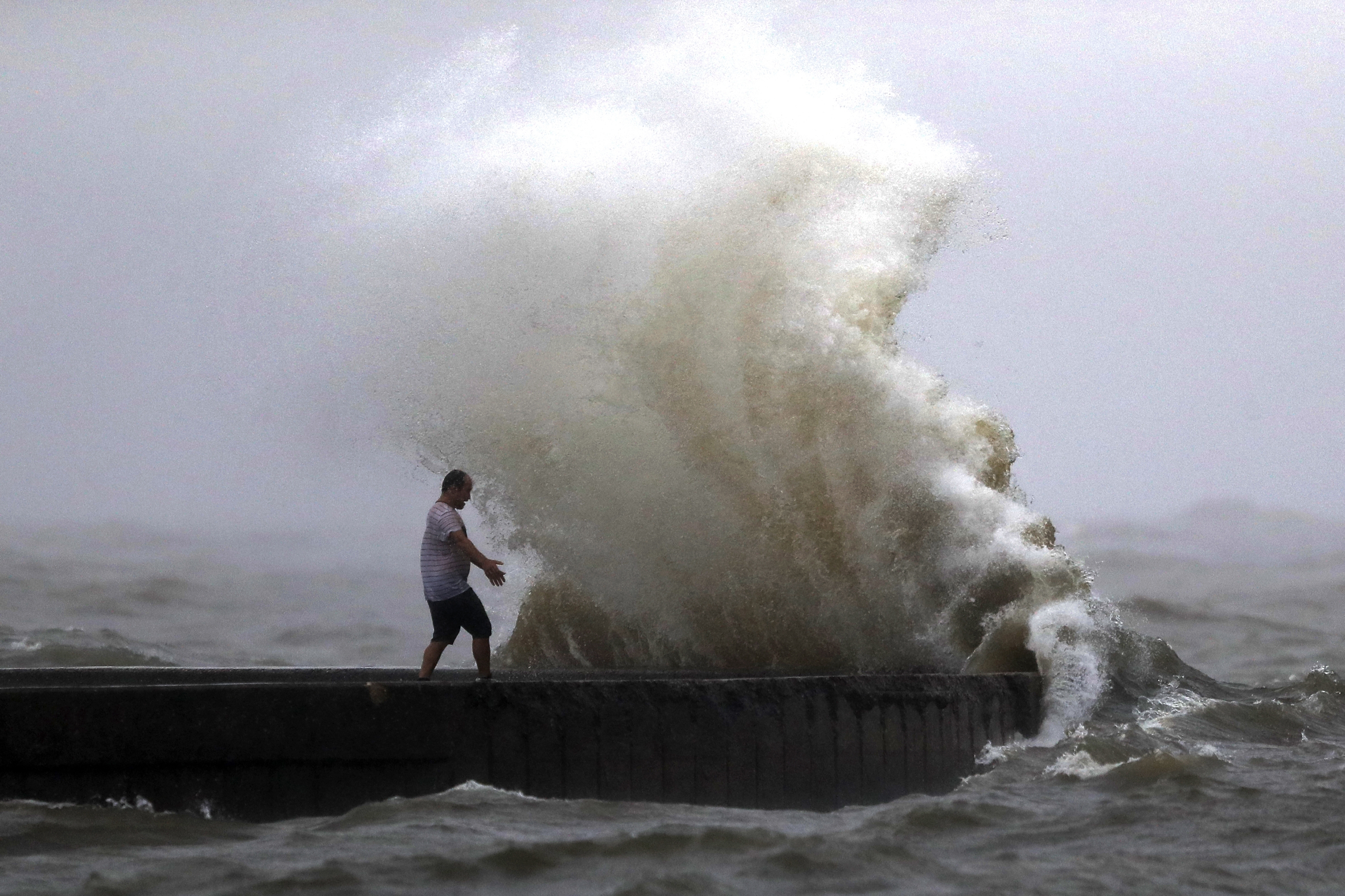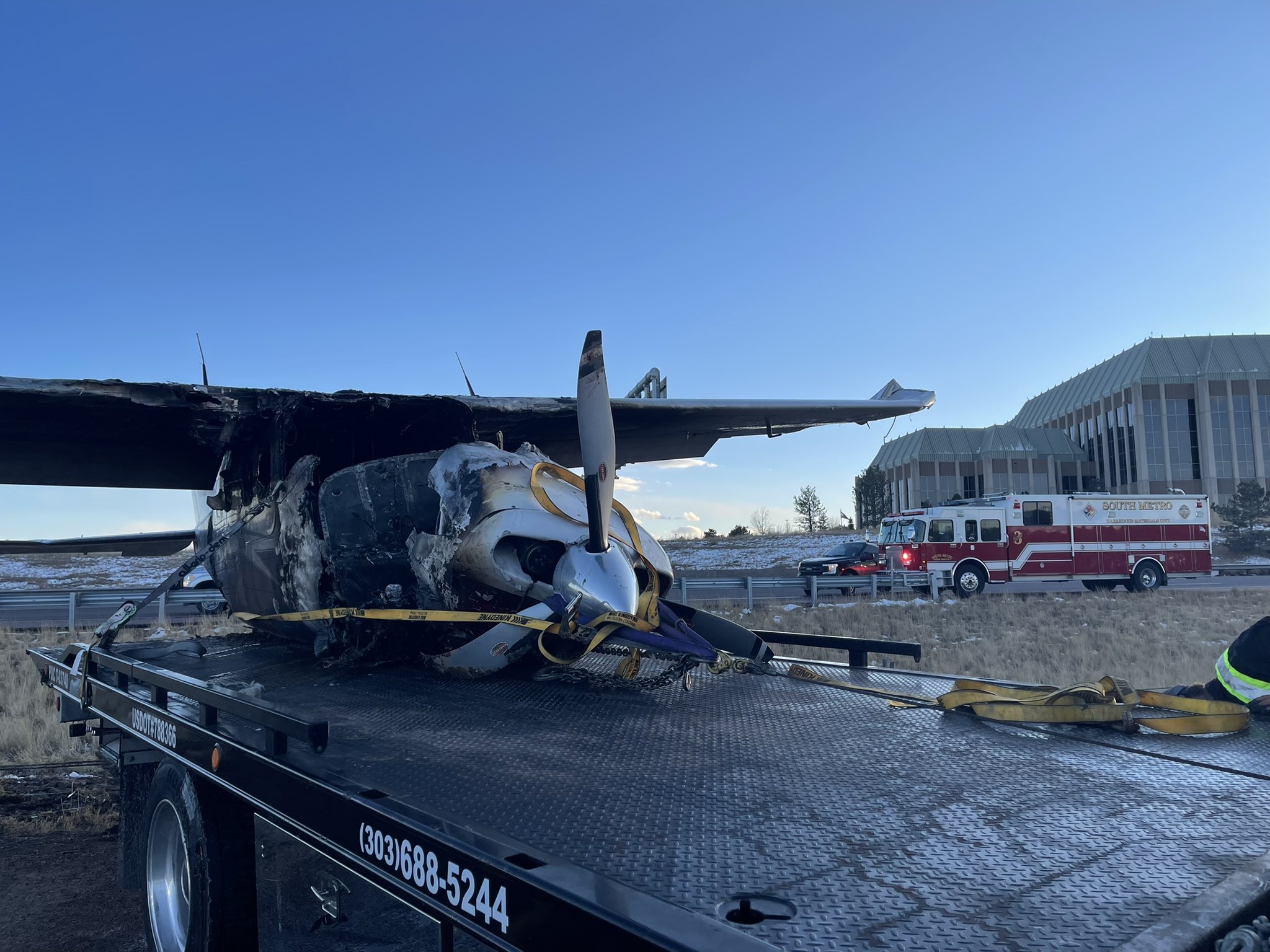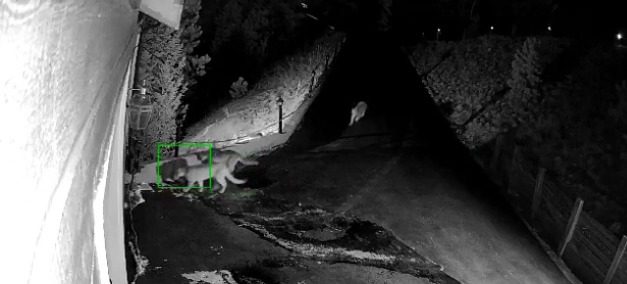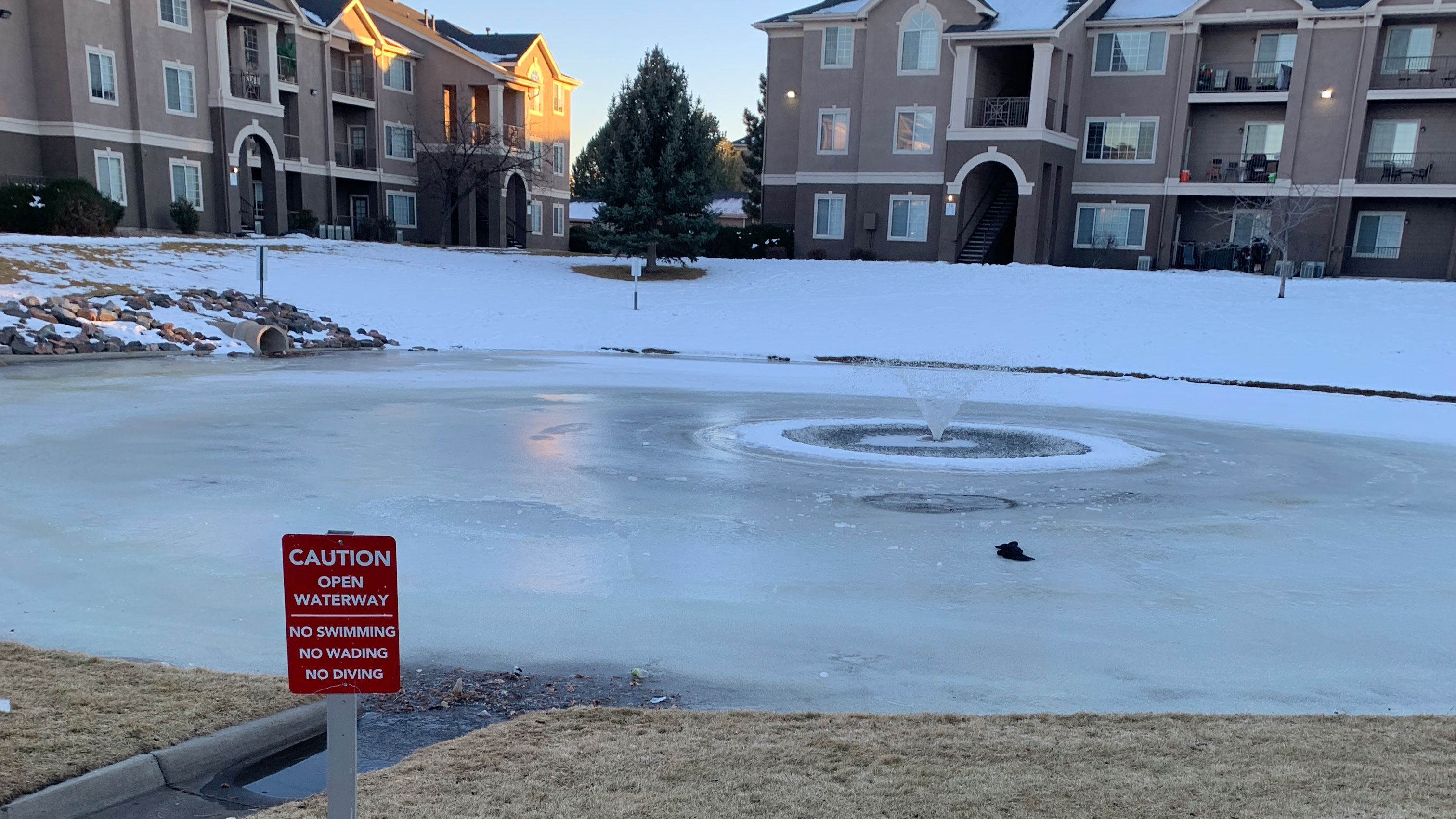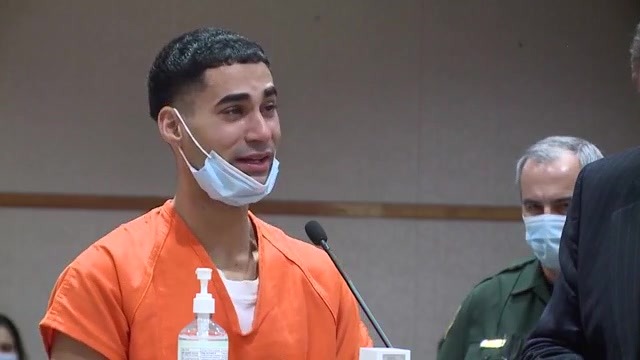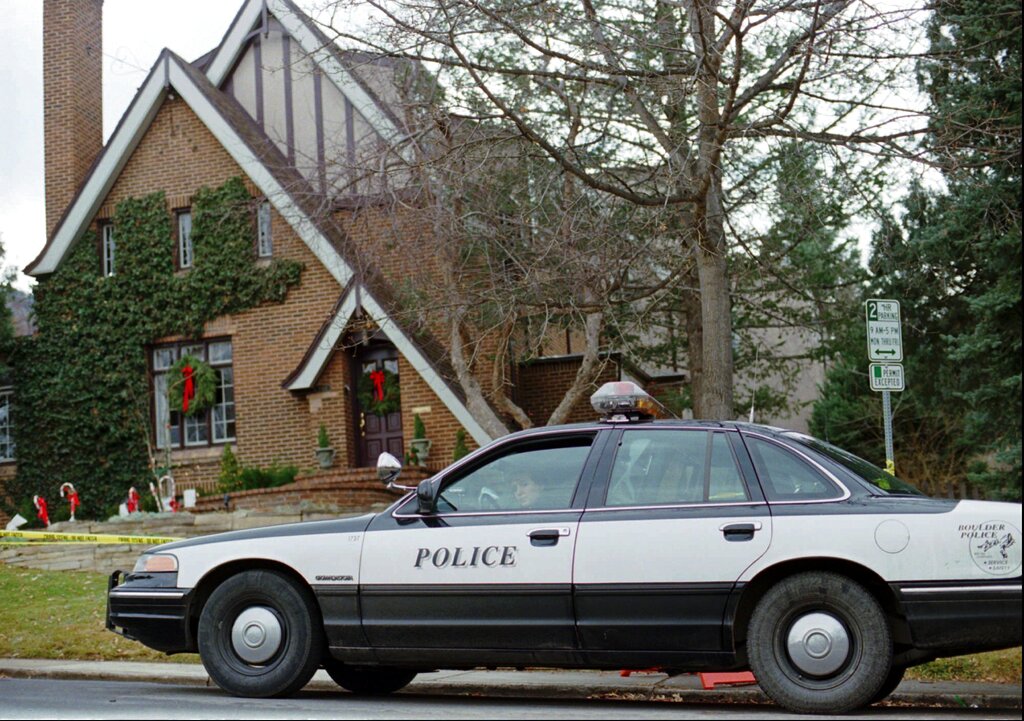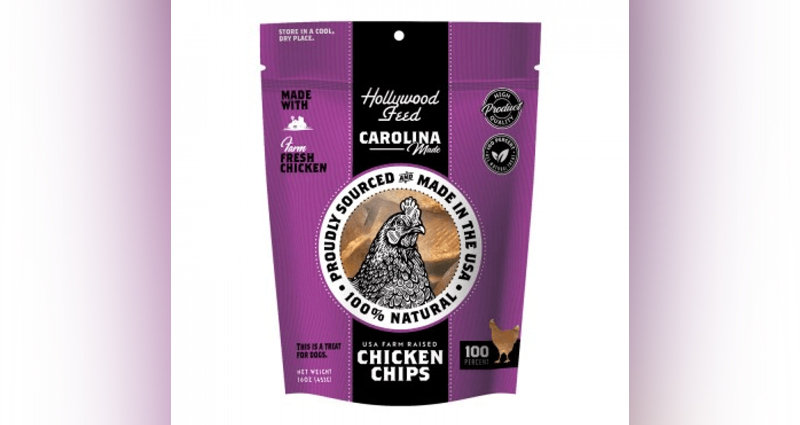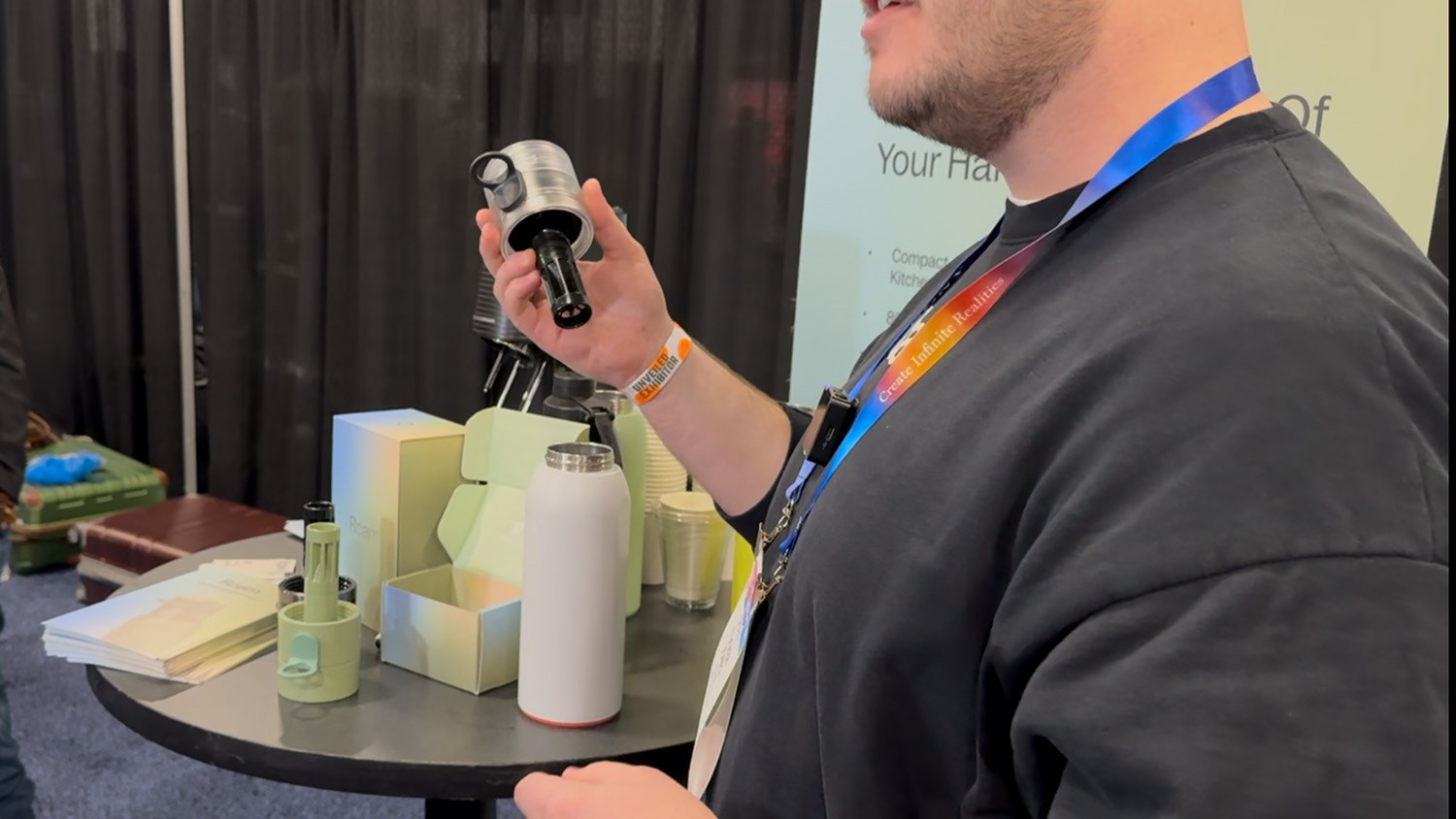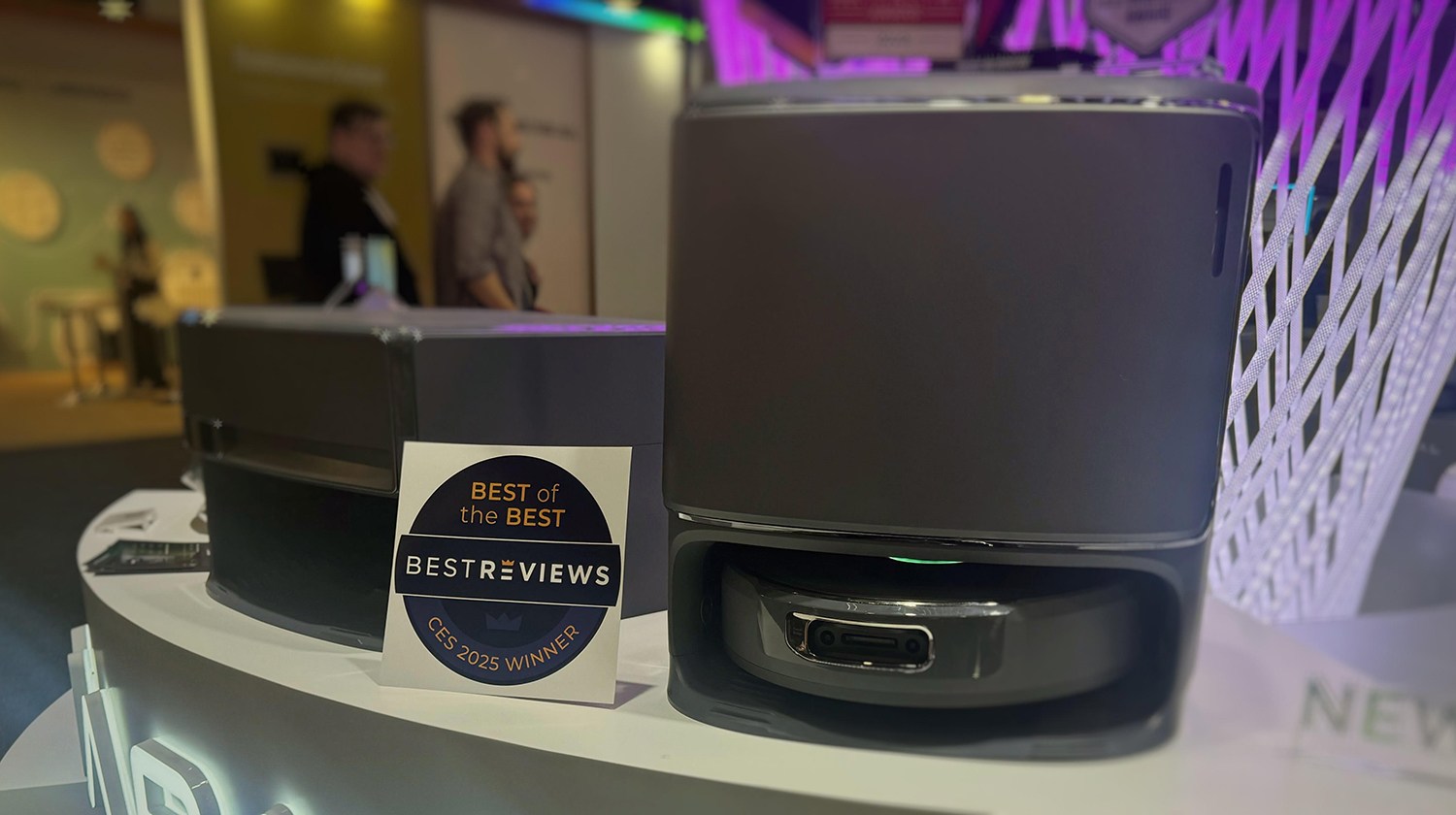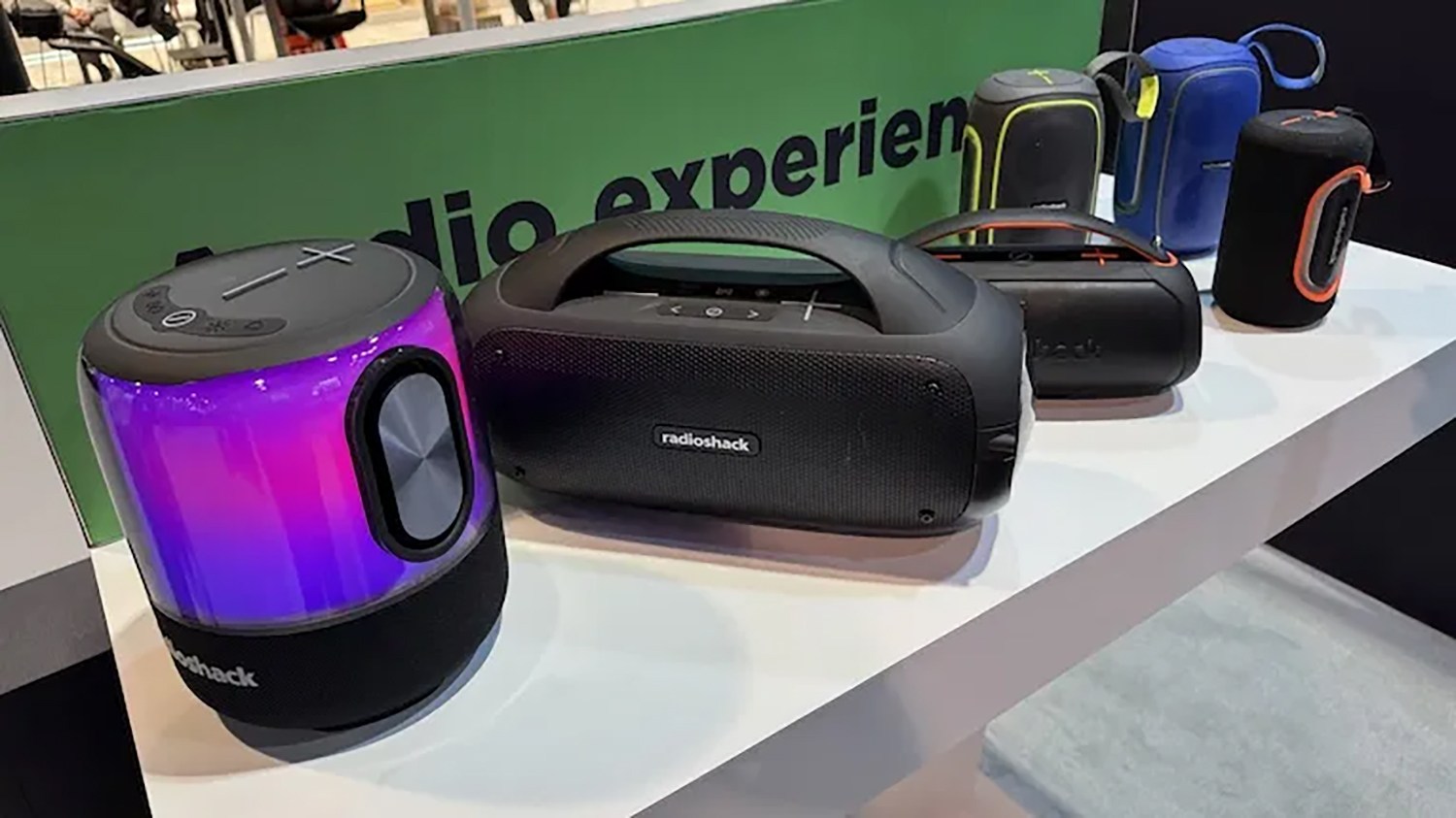RICHMOND, Va. (WRIC) — Some drivers like to customize their cars with small items like bumper stickers and seat covers. Others decide to add LED lights, window tints, make changes to the body frame and more.
But there are restrictions on the modifications people can make in each state and across the country. Here are some of the changes that are banned in Virginia:
Bumper height limits/Raising car body above frame rail
Under Virginia law, bumpers must remain within the range of 14 inches to 22 inches above the ground if the driver aims to lift the car. The range is found by measuring any point on the lower edge of the main horizontal bumper bar, excluding bumper guards.
Drivers can not modify their cars to cause the body or chassis to reach the ground, expose the fuel tank to damage from a crash or make the wheels to come in contact with the body when in motion.
Vehicles are prohibited from being taller than 13.5 feet and from having front lift blocks. Virginia’s bumper height regulations for trucks — pickups and panel trucks — are based on Gross Vehicle Weight Rating (GVWR).
Trucks with less than 4,501 GVWR can have front and rear bumpers as high as 28 inches. Those with 4,501-7,500 GVWR can have front bumpers at 29 inches and rear bumpers at 30 inches. Trucks between 7,501-15,000 GVWR can have a 30-inch tall front bumper and 31-inch rear bumper. The minimum height for truck bumpers is 14 inches, under Virginia code.
Window Tints
While drivers can tint their car windows, there are certain restrictions on how much and which ones. Front side window tints must allow over 50% of light to pass through and backside and rear windows are required to allow over 35% light to go through.
Reflective tint can’t reflect more than 20% but non-reflective tint is allowed on a windshield above the A-1 line from the car’s manufacturer. There are sun-shading waivers for those who receive medical authorization for one.
Sirens and whistles
It is illegal for any vehicle to have “any siren or exhaust, compression or spark plug whistle, or horn” that would be used as an unauthorized warning, according to Virginia law. This excludes car horns that are installed by the manufacturer that allow drivers to make reasonable warnings.
Mufflers
Vehicles cannot have mufflers to make the exhaust systems louder. Virginia bans vehicles with mufflers without interior baffle plates, gutted mufflers, muffler cutouts or a straight exhaust. Localities do have municipal noise ordinances so there are differences on sound level restrictions depending on where you are driving.
Tires
Drivers can not knowingly operate a vehicle “any regrooved or recut tire unless that tire (i) meets or exceeds standards established by the Society of Automotive Engineers, the American National Standards Institute, Inc., or the federal Department of Transportation and (ii) is marked in accordance with those standards,” under Virginia law. Those who violate the rule can face a Class 1 misdemeanor charge.
Lights
Front fog lamps on cars are required to be clear or amber and rear lights must be red. Adding different color lights, flashing or rotating lights is not allowed.
Drivers are not allowed to add blue and red lamps because they are only permitted for Department of Corrections vehicles and no more than four lights can be on at once.
Unapproved equipment
Vehicles cannot have any warning device, signal device, lighting device, safety glass or any other equipment that requires approval. There are several other devices that are banned on most cars in Virginia:

